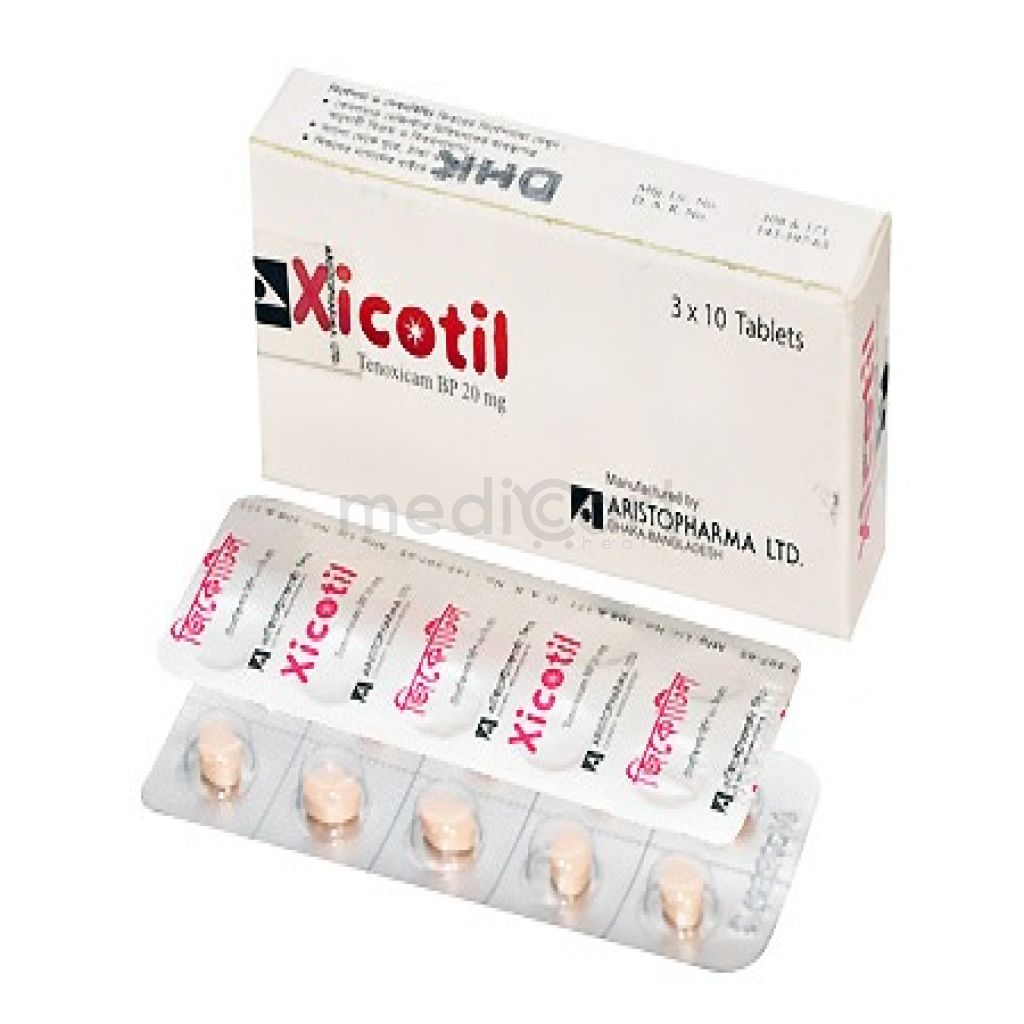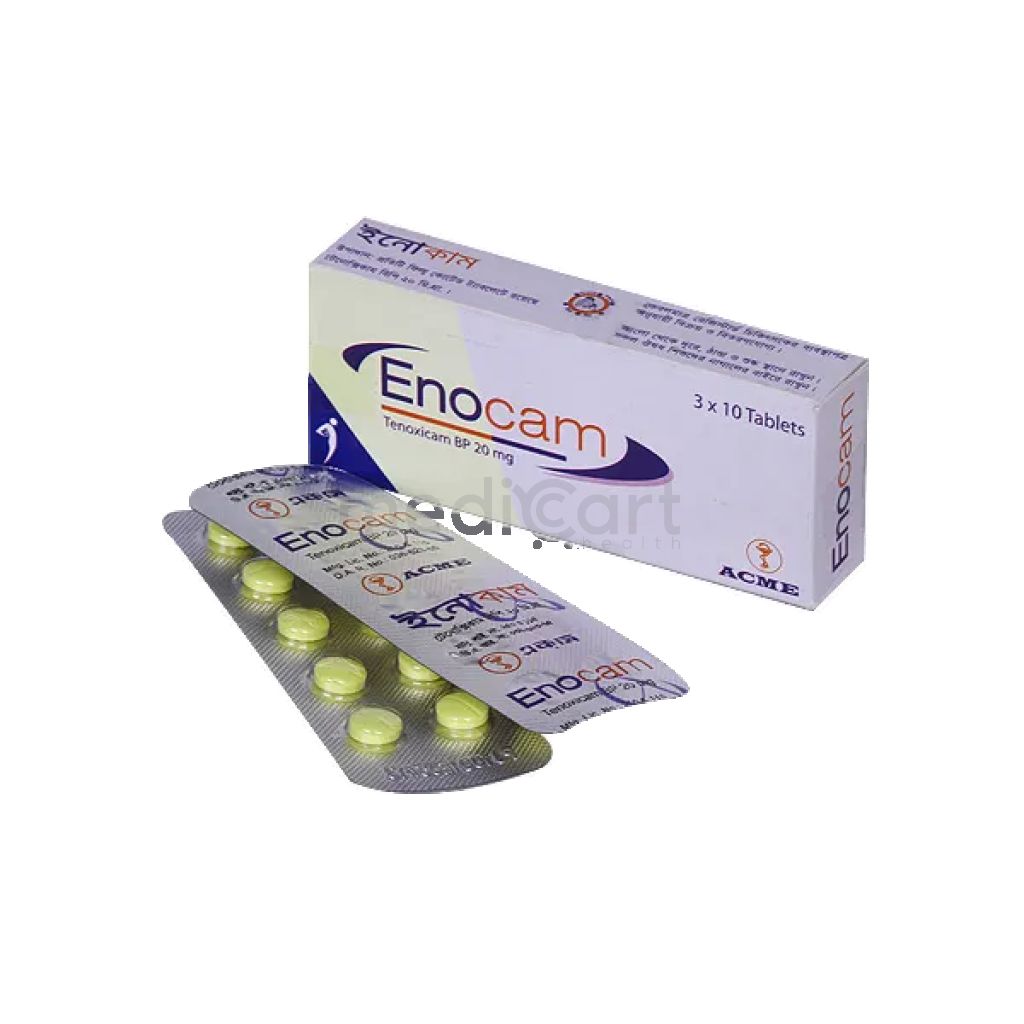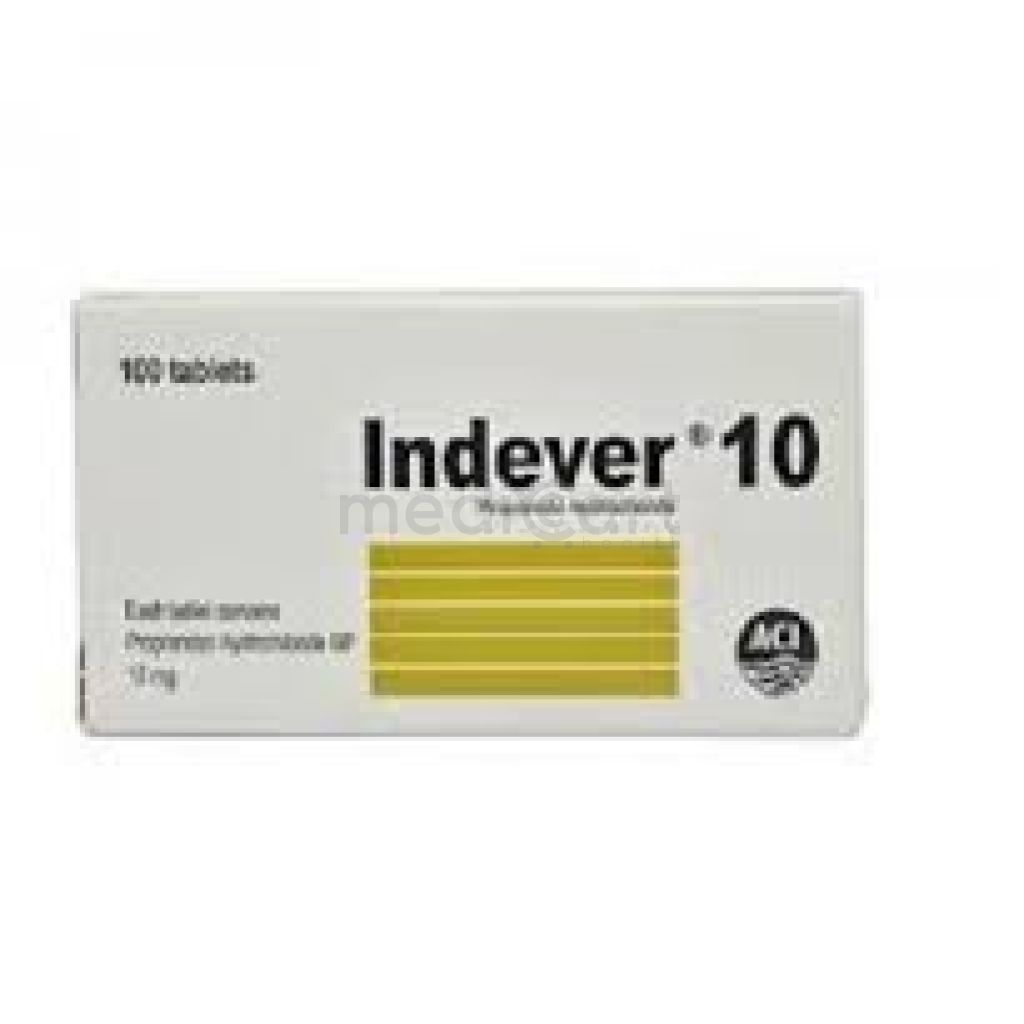

Tilkotil - 20mg
Tablet* Delivery will be done in Dhaka city only.
More Information About - Tilkotil - 20mg
Description
Generic Name
Tenoxicam
Precaution
Patient w/ history of or active bronchial asthma, uncontrolled HTN, CHF, established ischaemic heart disease, peripheral arterial disease, cerebrovascular disease, risk factors for CV disease (e.g. HTN, hyperlipidaemia, DM, smoking), history of GI disease, fluid retention and oedema. Patient who will undergo major surgery (e.g. joint replacement). Elderly. Renal and hepatic impairment. Monitoring Parameters Monitor renal, hepatic and cardiac functions.
Indication
Pain and inflammation associated w/ musculoskeletal and joint disorders
Contra Indication
Active or history of recurrent GI bleed or peptic ulcer, hypersensitivity to NSAIDs, severe heart failure, haemorrhagic diathesis, asthma, pregnancy (3rd trimester).
Dose
N/A
Side Effect
Dyspepsia, nausea, abdominal pain and discomfort, constipation, diarrhoea, flatulence, indigestion, epigastric distress, stomatitits, anorexia; peripheral oedema; headache, dizziness; allergic reactions, asthma, bronchospasm, dyspnoea, rash, pruritus; decreased Hb, anaemia, thrombocytopenia, non-thrombocytopenic purpura, leucopenia, eosinophilia, epistaxis; increased serum transaminase levels; swollen eyes, blurred vision, eye irritation, malaise, tinnitus; oedema, HTN, cardiac failure. Potentially Fatal: Peptic ulceration, GI bleeding, anaphylaxis, Lyell's syndrome, Stevens-Johnson syndrome, exfoliative dermatitis, nephrotoxicity, arterial thrombotic events (e.g. MI or stroke), hepatitis, jaundice.
Pregnancy Category
Name : Not Classified
Description
FDA has not yet classified the drug into a specified pregnancy category.Mode of Action
Tenoxicam is a potent inhibitor of prostaglandin synthesis by blocking the enzyme cyclo-oxygenase. Additional actions contributing to its anti-inflammatory effect includes inhibition of leucocyte function including phagocytosis and chemotaxis, and scavenging free O2 radicals. It has no effect on renal function at the usual doses.
Interaction
Increased risk of adverse effects (particularly GI) w/ salicylates and other NSAIDs. May enhance the anticoagulant effect of warfarin and other anticoagulants. May reduce the effect of antihypertensive drugs. Increased risk of nephrotoxicity w/ ciclosporin. Increased risk of convulsions w/ quinolones. May decrease the elimination of lithium. May interfere w/ the natriuretic action of diuretics. May enhance the toxicity of methotrexate. May reduce the effects of mifepristone. Increased risk of GI bleeding w/ corticosteroids.
Pregnancy Category Note
N/A
Adult Dose
Oral Acute musculoskeletal disorders; Osteoarthritis; Rheumatoid arthritis Adult: 20 mg as a single dose, taken at the same time each day. Max: 40 mg/day (short term use). Treatment duration: Up to 7 days for acute musculoskeletal disorders and up to 14 days for severe cases. Elderly: Use the lowest effective dose for the shortest possible duration.
Child Dose
N/A
Renal Dose
N/A
Administration
Should be taken with food. Take w/ or immediately after meals.
Disclaimer
The information provided herein are for informational purposes only and not intended to be a substitute for professional medical advice, diagnosis, or treatment. Please note that this information should not be treated as a replacement for physical medical consultation or advice. Great effort has been placed to provide accurate and comprehensive data. However, Medicart along with its authors and editors make no representations or warranties and specifically disclaim all liability for any medical information provided on the site. The absence of any information and/or warning to any drug shall not be considered and assumed as an implied assurance of the Company.









